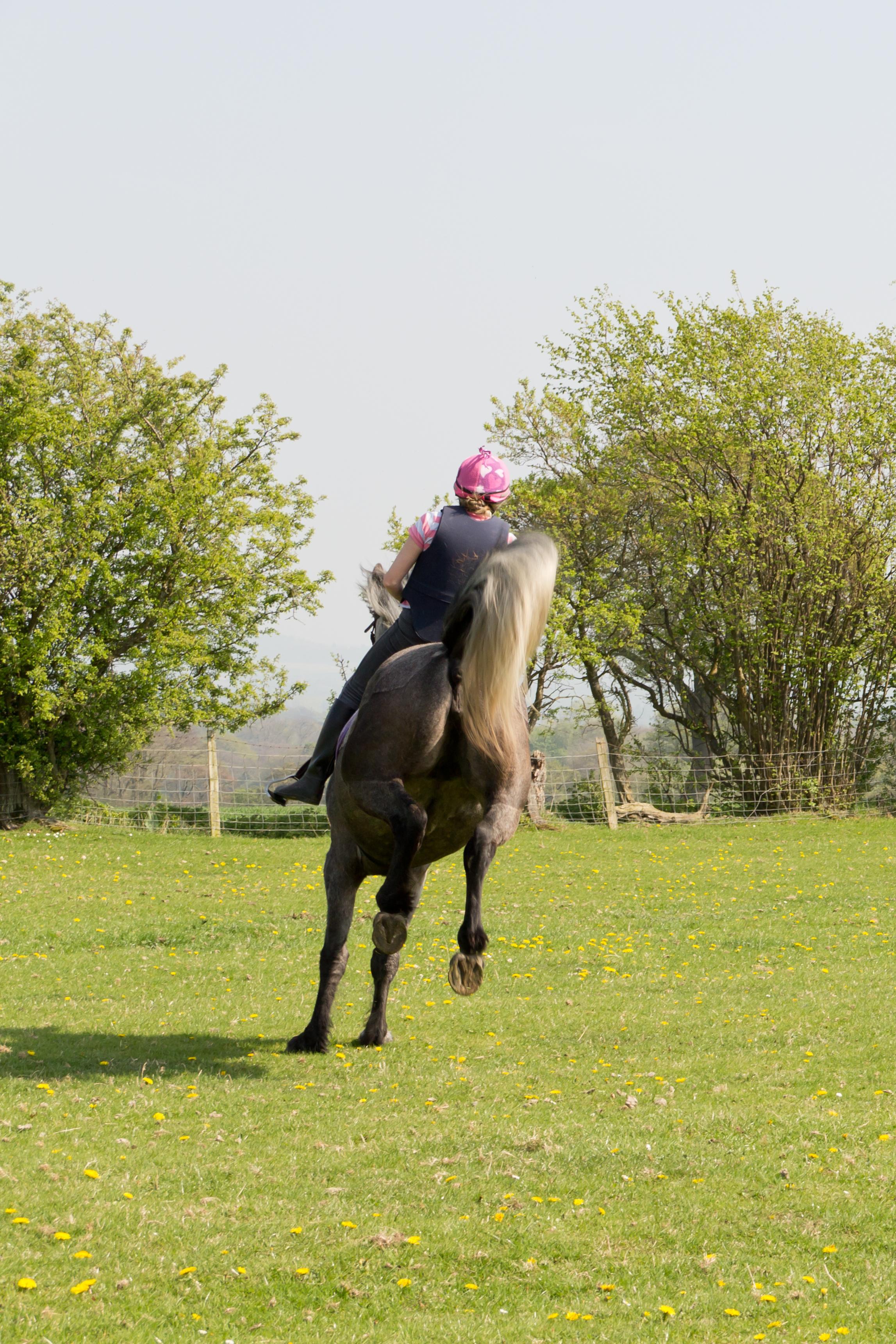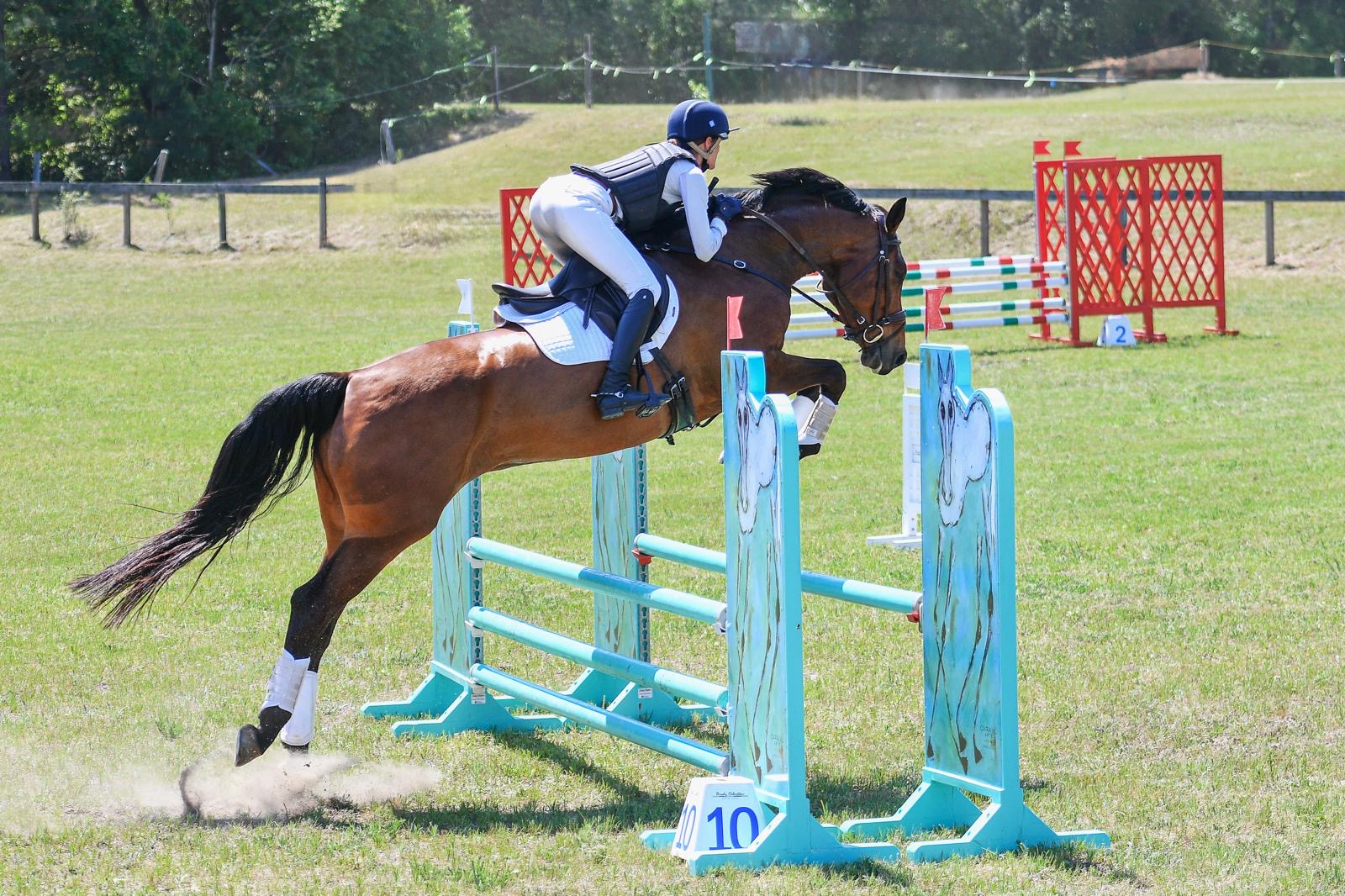
Canva/sergio_kumer/CC.
Horseback riding can be an incredibly lonely sport. Although I do not believe this is unique to riding and can be true of many individual sports, those of us reading (or writing, as the case may be) Horse Nation are bound by our common passion for horses. Therefore, of course, that is the sport that we get.
So, back to it. Horseback riding can be an incredibly lonely sport. Even if you are still in the point in your riding career when you get to be on a team — whether it’s an IEA or an IHSA team — when it comes down to it, it’s still just you and your horse in the arena, on the course or on the trail. Although some disciplines can argue that a judge was biased, being a successful competitor boils down to how strong of a performance you and your horse can pull off when it’s go time.
What’s worse is that you have to watch everyone else and their horses compete before or after you, so you usually know exactly where you stack up in the placings. Sometimes this is a difficult pill to swallow. It can make every mistake stand out in your mind. Every bobble. Every missed lead. Every hesitation. Every knocked rail. Every possible deduction.

Pixabay/CC
We get really good at beating ourselves up over these things. We look at others and see them succeed — or seem to succeed — and it becomes easy to feel alone in our mistakes. We see riders who make it look easy, who are further along in their careers, who have more finished horses or who just plain had a better ride, and it’s easy to feel that our mistakes are unique to us. It’s easy to feel as though we aren’t making the sort of progress we feel we ought to be making. It’s easy to forget that pretty much every rider has been there — wherever your “there” is in that moment.
Even worse is if something more major goes wrong. A tack failure. A buck. A rear. A fall. These are the times when, once we’ve decided that we and our horses are okay, we often feel the most embarrassed and alone. Coming off sucks enough when there aren’t many people around to see it. It sucks exponentially more when it’s witnessed by a group of people. Those are the times when you’d rather curl up in the fetal position under a blanket than spend the rest of the day being asked, “Are you alright?” Or being told, “Oh, you’re the one whose horse (fill in the blank).”

Canva/Groomee/CC
As riders, we’ve been taught to dust ourselves off and get back on since day one. We pride ourselves on getting back in the saddle despite pain, nerves and doctors’ orders. But the truth is, even though we may get back on our horses, ride on and be stronger for it (eventually), in those moments of complete and utter chagrin, we feel as lonely as we ever feel. And that feeling can linger until we feel we’ve outridden our shame (despite being told there’s no shame to be had).
These feelings of isolation also arise in moments that have very little to do with the riding itself. They can rear their ugly heads when we start comparing our tack, our trailer (or lack thereof), our truck (or lack thereof), our training, our horse’s training, our horse’s pedigree or any number of things to those of other people. It’s easy to feel as though you’re not good enough or that you don’t belong. Even when you’re doing well, imposter syndrome is very real.
So, how do we get past these feelings of unease and the loneliness that can arise despite being surrounded by like-minded people?
First and foremost, we pick up each other. If you’re actively competing, cheer on your fellow competitors. Applaud the efforts and the less-than-perfect tries — these are the building blocks to making progress and moving forward. There isn’t any one of us who has gone into the arena and had a perfect ride every time (if you have, please, let us know who you are and what your secret is!). Even if you’re not a competitor, you know we all have our moments with our horses. Let your trail partners know you’ve been there and encourage them to keep going.
Second — and this may seem trite — but be kind. None of us know the other’s story. We may feel inadequate because we didn’t have access to coaching and training or we may feel like we are lesser because we haven’t figured things out on our own. We’re all carrying our own set of baggage, branded by our experiences. Be that as it may, we’re in the same arena as our fellow riders and being given the same opportunity to succeed. Be kind and give each other the respect they deserve. Horseback riding can be hard. For as much as we all love it, the moments of frustration are overwhelming. Let people know that they have the space to work through that and they’re not alone in it.
And finally, for Pete’s sake, take a breath and be able to laugh at yourself. When we all take ourselves too seriously and work to look like we haven’t been there and we haven’t made mistakes, we make those who are going through them feel even more isolated. Share the stories of your mishaps, let people know what you’ve learned from them and let them know they aren’t alone.










































